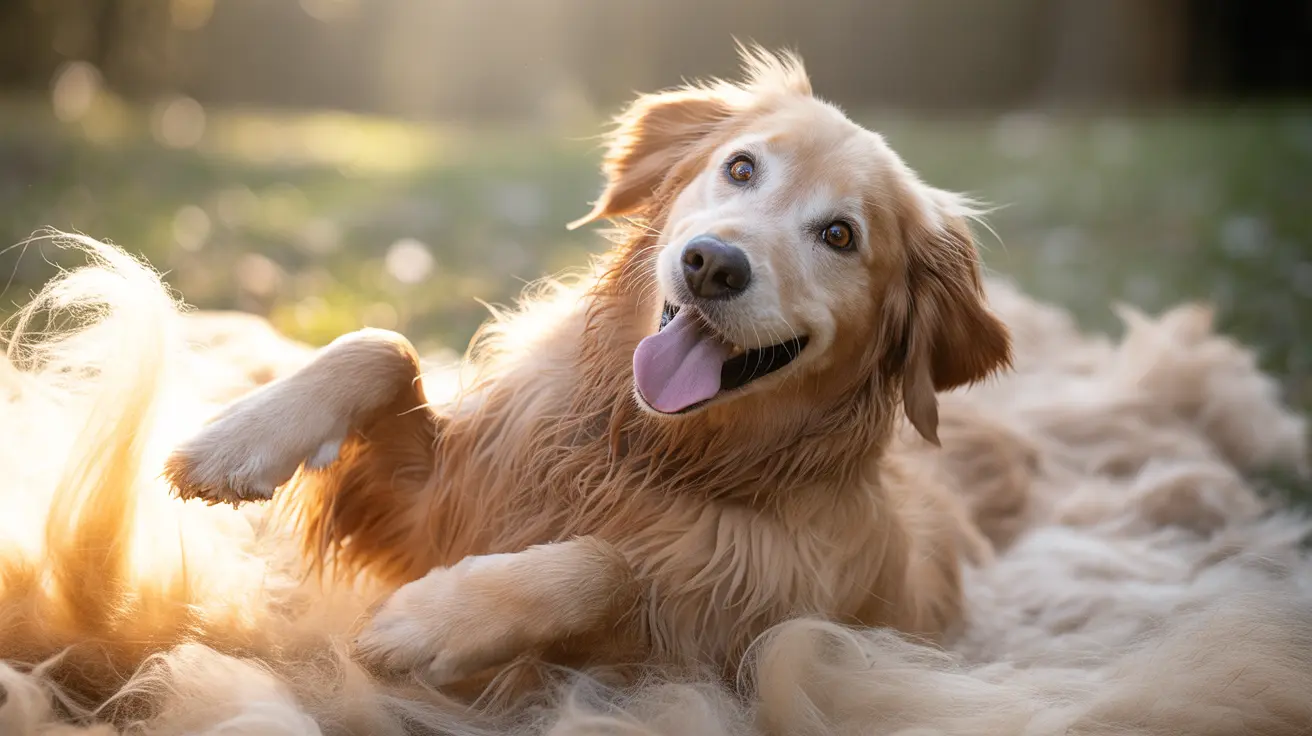Understanding the Purpose of Dog Knee Braces
Dog knee braces serve a crucial role for pets struggling with injuries to their knee joints—most commonly cranial cruciate ligament (CCL) injuries. These injuries are similar to anterior cruciate ligament (ACL) tears in humans and can severely impact a dog's mobility and quality of life. Let's dig into why these braces matter and how they're used.
Why Use a Dog Knee Brace?
The primary reason for using a dog knee brace is to stabilize the knee joint after an injury, especially CCL tears. While surgery remains the gold standard for most dogs—particularly large breeds or those with complete ligament ruptures—not every dog is an ideal surgical candidate. Age, underlying health problems like heart disease or Cushing’s, anesthesia risk, or financial limitations can rule out surgery.
Knee braces offer an alternative by providing external support. They limit excessive motion between the femur and tibia, reduce pain, and help maintain mobility. A well-fitted stifle brace controls what's called “cranial drawer” movement (the telltale sign of CCL injury), which helps prevent further damage and allows scar tissue to develop around the joint over time.
When Are Knee Braces Used?
- For dogs who can't undergo surgery due to health risks or cost.
- As temporary support while waiting for surgery—helping lame dogs stay mobile and minimize muscle loss.
- For small breeds or partial tears where conservative management is reasonable.
- During recovery after orthopedic surgeries like TPLO or TTA.
- To protect the non-injured hindlimb from compensatory stress injuries.
- To manage pain from arthritis or chronic instability in older or overweight dogs.
Types of Dog Knee Braces
Custom-made braces—crafted from sturdy plastic or aluminum splints—offer more reliable support than generic fabric sleeves. They're tailored to fit each dog's anatomy, which minimizes slipping and rubbing while maximizing comfort and stabilization. Off-the-shelf soft braces may lack the rigidity needed for medium to large breeds, though some include removable aluminum splints for adjustable support based on activity level and injury severity.
Benefits of Using a Dog Knee Brace
- No need for invasive procedures or anesthesia.
- Lower initial cost compared to surgical repair.
- Faster initial recovery in some cases; supported movement helps maintain muscle mass.
- Fewer risks of complications like infection or anesthesia reactions.
- Customizable fit based on size, weight, and anatomy.
- A viable option when surgery has failed, isn't possible, or as palliative care in seniors or medically fragile dogs.
Caveats and Considerations
Knee braces aren't a permanent fix for significant instability or meniscal damage—these usually require surgery for optimal results. Success depends on consistent use, proper fit, and owner commitment to a prescribed wear schedule. Poorly fitted or generic braces can cause skin irritation, slip off, or even worsen lameness. That's why custom casting by veterinary orthotists is often recommended. Also, bracing doesn't necessarily prevent long-term arthritis development in the affected knee.
You'll need patience: some dogs don't tolerate wearing a brace at first. Gradual acclimation is key—start with short periods and increase wear time as your dog adjusts. Always check daily for irritation and remove the brace at night unless directed otherwise by your vet.
Common Indications for Dog Knee Braces
- Cranial cruciate ligament (CCL) injuries (partial/full tears)
- Luxating patella
- Post-surgical support (TPLO, TTA, ELSS, MPL)
- Arthritis management
- Knee sprains/strains
- Bilateral cases—to protect both knees if needed
The Fitting Process and Veterinary Guidance
A thorough veterinary assessment is essential before choosing bracing over surgery. Creating a custom brace often requires taking a mold of your dog's limb so it fits perfectly. Ongoing veterinary supervision ensures healing progresses properly—and adjustments can be made as needed if issues arise during use.
If your dog has severe bilateral injuries or needs extra help moving around while recovering from an injury, additional supportive devices like harnesses or wheelchairs may also be recommended alongside bracing. Physical rehabilitation therapies such as hydrotherapy can further enhance recovery outcomes when combined with bracing strategies.
The Bottom Line on Dog Knee Braces
Surgery remains the preferred treatment for canine CCL rupture among veterinarians—but dog knee braces play an important supporting role for specific cases: those where surgery isn't possible, as interim stabilization before/after operations, and as ongoing pain management for chronic instability. Custom rigid braces provide superior results compared to generic sleeves thanks to better fit and stability. Always consult your veterinarian to determine whether bracing is right for your dog's unique situation—and follow their guidance closely throughout treatment.





